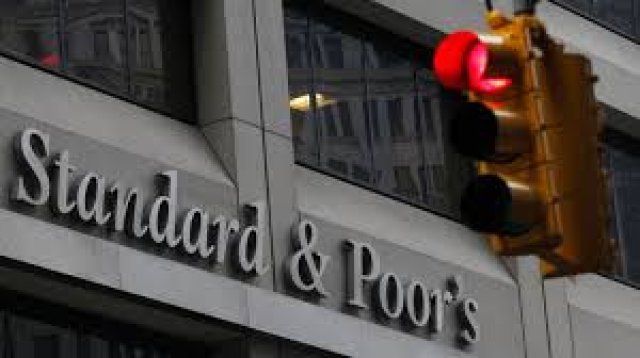
The global financial crisis had its origins in the US when interest rates fell from 6% in January 2001 to 1% in mid-2003. This led to banks and other financial institutions awash with cheap money to conclude that lending to home buyers at obvious risk of defaulting their repayments was a safe bet.
In the last three months of 2005, new mortgage borrowings increased by $US1.11 trillion, taking outstanding mortgage debt to $US8.66 trillion, almost 65% of US GDP. When interest rates began to rise in 2006, the housing bubble burst. Mortgagees defaulted, the housing market went into steep decline and the GFC unfolded over the next two years.
The always-suspect loans were bundled together in financial derivatives products known as collateralised debt obligations. These were then parcelled into tranches of debt and on-sold to investors around the world. Without the assistance of AAA credit ratings from agencies handsomely paid for their stamp of approval, the investments were unlikely to have ever been made.
Among the investors were 12 regional Australian councils. In 2012, they successfully sued Standard & Poor’s for almost $20 million that they lost on complex financial products that were given positive ratings by S&P, including the AAA rating.
This ruling was appealed by S&P and the bank ABM AMro, now owned by RBS. On June 6 the full bench of the Federal Court unanimously rejected it.
In doing so, the court found S&P had acted in a misleading and deceptive manner by giving the products a AAA rating when they knew the products did not deserve such a rating. It also said that S&P and the banks could be found completely liable for the damages.
During the appeal, S&P argued that their ratings could not be relied on for investment advice. No doubt they will provide a disclaimer on their future advice that has in bold type across its every page, “do not rely on this information”.
They are also sure to provide would-be investors with the contents of one of their analyst’s emails that said the exotic financial products could have been “structured by a cow” and would still receive favourable ratings.
As a result of the court decision, it is now more likely that other claims against S&P will succeed.
These include a $250 million claim against S&P in Holland, a $5 billion claim by the US Department of Justice, and 15 actions by seven US state attorneys-general alleging that S&P broke state consumer protection laws.
But the Australian court decision and any other decisions against S&P will be of no use to the real losers from this financial entanglement.
The US economy has been in the doldrums since late 2007. It has been unable to achieve growth much above 2% since mid-2009 when a recovery was declared to be underway.
Since this time, the earnings of US workers have remained almost static when adjusted for inflation. The official unemployment rate is 6.3%, but the broader measure which includes those working part-time because they could not get full-time jobs, was 12.2% in May.
Moreover, the workforce participation rate was just 62.8% last month compared with 66.2% in early 2008. This means that the number of adults not in the labour force has grown by 13 million since 2007.
Over the same period there has been a massive re-orientation of the US labour market.
The number of jobs in the typically well-paid areas of manufacturing, construction and the public sector have declined dramatically while those in low-paying jobs such as food service have increased. More than 40% of the jobs added in the past year have been in food service, retail and temporary help.
Workers in the US are continuing to bear the brunt of responsibility for a crisis not of their making and are likely to continue to do so for the foreseeable future. S&P being forced by court rulings to reimburse those investors who relied on their advice will be of little comfort to them.